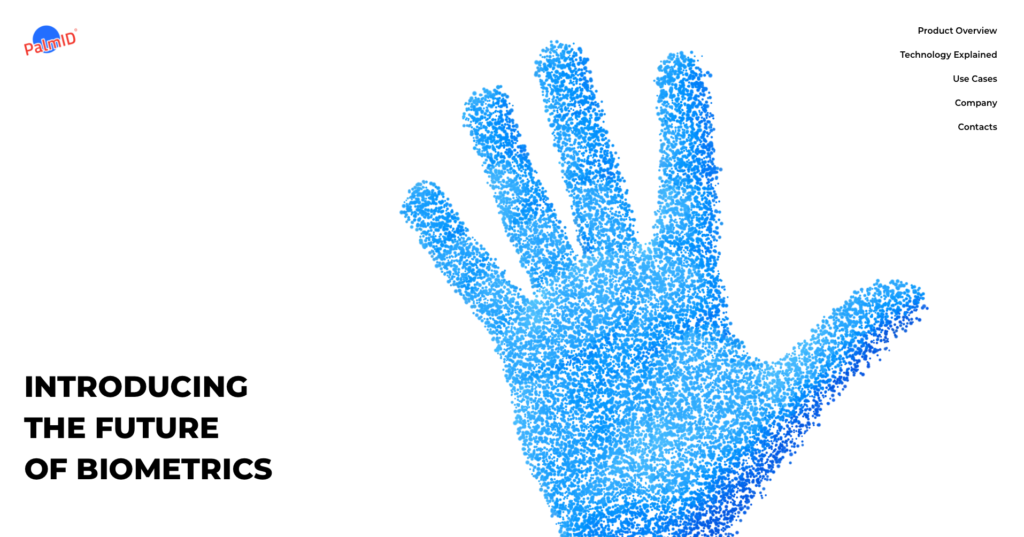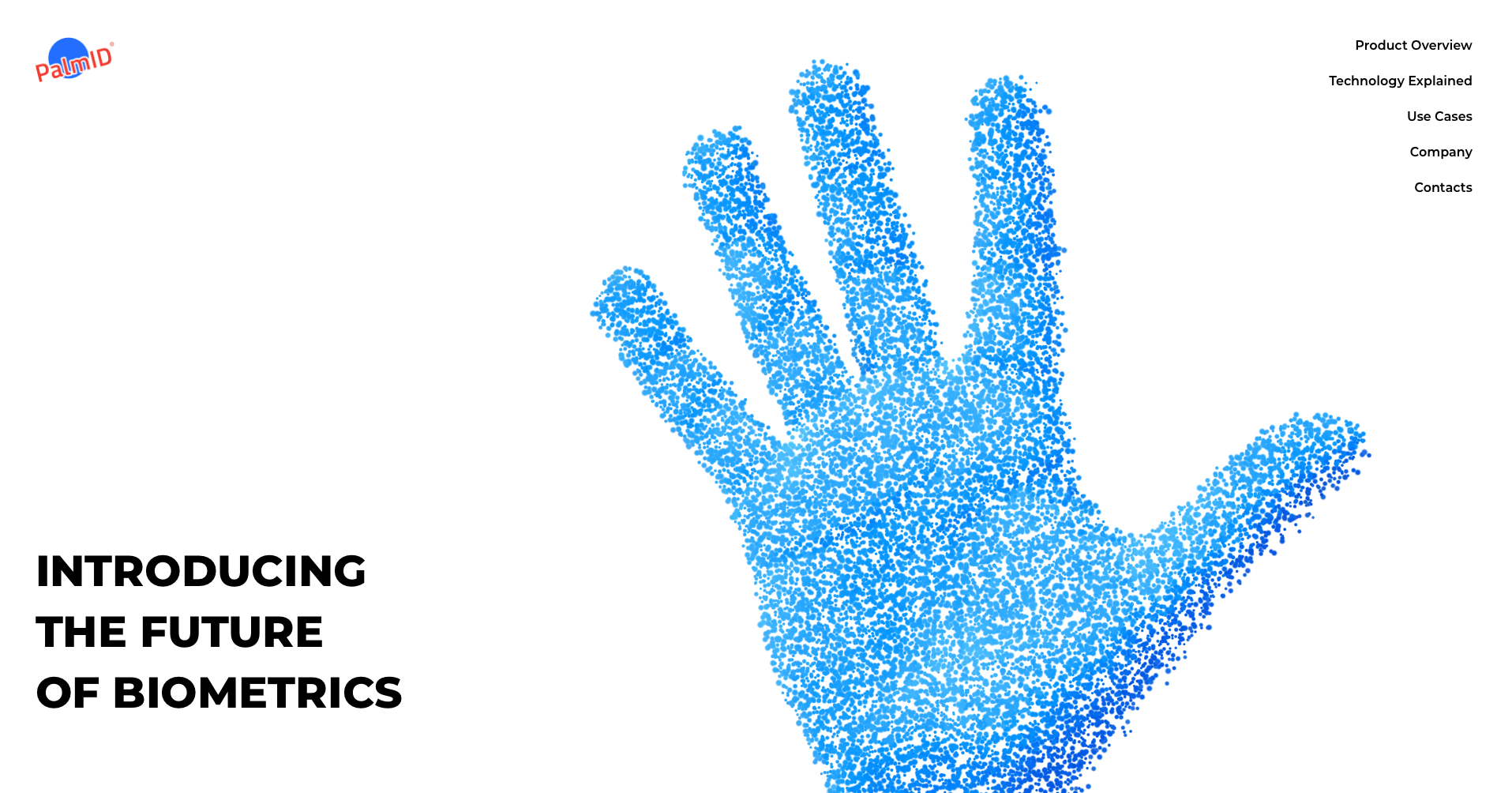
Facial recognition may be the hottest form of biometric authentication. But it’s far from the only – or even the most effective – biometric authentication method for all instances. In fact, as far as Redrock Biometrics is concerned, a superior alternative may lie in the palm of your hand.
“The PalmID solution far outperforms competitive touchless technologies, such as facial recognition, in terms of accuracy and reliability,” Redrock Biometrics co-founder Hua Yang said in a statement announcing the company’s latest partnership a few weeks ago. “It is the best available solution for touchless identity management, authentication and security.”
Founded in 2015 and headquartered in San Francisco, California, Redrock Biometrics is the developer of PalmID, a palm-scanning authentication solution that provides accurate, robust, no-additional-hardware-required biometric authentication via camera-bearing devices – ranging from smartphone, tablets, and laptops, to payment terminals (including ATMs), IOT devices, and even cars.
And at a time of social distancing and a preference for as much contact-free activity as possible, authentication technologies like PalmID are likely to be seen as increasingly attractive options. Add to this the challenge of face-based authentication in a world of mask-wearing employees and consumers, and the case for palm-based authentication becomes all the more compelling.

Identity management solution provider Q5id is the latest company to deploy Redrock Biometrics’ technology. Q5id, based in Beaverton, Oregon, announced last month that it would integrate PalmID into its biometric enrollment and authentication solutions. Q5id works with institutions in multiple verticals, including financial services, telecommunications, education, and e-commerce, to provide identity verification services via multi-factor authentication, live video, and active voice authentication. The fact that palm-scanning technologies are particularly hard to fool, according to Q5id chairman and CEO Steve Larson, is one of the reasons why the company partnered with Redrock. The solution’s high accuracy rate – and lack of a hardware requirement (compared to fingerprint scanners, for example) were additional selling points for the technology.
Redrock Biometrics’ PalmID works with both standard RGB and infrared cameras. The company notes that from a distance of approximately six inches, the average smartphone, laptop, or ATM camera can capture a good quality image of the unique skin patterns of the users palm. The captured image then undergoes a two-step process. First, the PalmID Capture Module uses machine learning technology to convert the RGB video input stream into a palm image that is ready for authentication. Second, the PalmID Matching Module, in real-time, matches the captured image against stored references. The technology uses proprietary algorithms to test images against large databases of palm images to prevent false positives.
PalmID has also been deployed recently to help provide an identity verification solution for mass transit and payments. The company partnered with FalconPro Technology in May, adding its PalmID software to a FalconPro camera module to create a simultaneous palm print and palm vein image capture. The goal is to create a large-scale authentication solution; pilot projects using the technology will be conducted in both the payments and public transit industries, according to FalconPro Technology CEO Xun You. FalconPro is a founding member of the Chinese Automatic Fare Collection System Association, and provides QR-code based digital ticketing systems for rail systems throughout China. The company sees its partnership with Redrock as potentially enabling it to “expand (its) product offering beyond barcode technology.”
Also this year, Redrock Biometrics forged a partnership with passwordless authentication solution provider HYPR, which will add the company’s PalmID technology to its platform. Redrock has also waived the license fee for its PalmID software for all essential businesses using the technology during the global public health crisis.
“COVID-19 quarantine made us acutely aware that touching devices represents a threat to our lives,” Redrock co-founder Lenny Kontsevich said. “People become touch-phobic and their faces are covered by masks, which creates a need for a touchless palm solution.”
Photo by Sharon McCutcheon from Pexels
